15 most remote cities in the world. In this article, we’ll look at the 15 most remote cities in the world. To qualify as a remote city, we’re looking for cities with populations under 100,000 that are accessible by land or water only.
Contents
So if you’re interested in visiting one of these places but don’t want to fly anywhere (or maybe you just really like boats), read on!
When it comes to traveling, there is a very clear distinction between city travel and non-city travel. Once you get outside the borders of a city, all bets are off. This establishes the world’s most remote cities as a destination for serious adventurers and travelers.
Have you ever imagined what it would be like to live in a remote place? In this article, we compile the top 10 most remote cities in the world. Some of these places are on an island, some are in a high mountain range in the center of a continent, and others are totally out of this world!
The history of cities dates back to around 5,000 B.C. But it was only during the industrial revolution that major urban areas grew like never before. Since then, more and more people have moved into cities that have transformed from thriving metropolises to overcrowded concrete jungles.
15 of the world’s most remote cities
While some people are looking for places that are far away from the hustle and bustle of big cities, others are looking for places where they can be completely cut off from society. The following are some of the most remote cities in the world.
1. Yakutsk, Russia
Yakutsk, Russia, is located 2,600 miles north of Moscow and has a population of about 300,000. It’s known for its extreme cold temperatures, which drop below -60 degrees Fahrenheit in the winter months.
People who live here must be prepared to face temperatures below -40 degrees Fahrenheit without any modern conveniences such as heating or heating water.
2. Rovaniemi, Finland
Rovaniemi is located in Finland and has a population of about 75,000 people. It’s an important location for Santa Claus because it’s close to Lapland, where he lives during Christmas time each year.
If you’re looking for a place to visit Santa Claus in December, this might be your best bet! Below I have listed the top 15 most remote cities in the world.
Read more articles: How to Pack Eggs for Backpacking?
15 of the world’s most remote cities
- 1. Adamstown, Pitcairn Islands
- 2. Supai, Arizona, USA
- 3. Ittoqqortoormiit, Greenland
- 4. Hanga Roa, Easter Island
- 5. Yakutsk, Russia
- 6. Iqaluit, Nunavut, Canada
- 7. Deception Island, Antarctica
- 8. Longyearbyen, Svalbard
- 9. Socotra, Yemen
- 10. Barrow, Alaska, USA
- 11. Roa hanga
- 12. Coober Pedy
- 13. La Rinconada
- 14. Longyearbyen
- 15. Oimyakon
- FAQ about remote cities
1. Adamstown, Pitcairn Islands
The first city on our list is a small settlement on the tiny Pitcairn Islands in the South Pacific. Adamstown is located on Pitcairn Island, which is itself one of the most remote places in the world.
You can visit here only by boat or private yacht—there’s no airport! The only major landmass from which it is remotely possible to fly to Adamstown is New Zealand, which isn’t quite as far away but isn’t exactly close either.
And even then, it would be difficult to catch a flight because more than half of all flights carry cargo only and are not open to passengers.
This means that Adamstown is also relatively new compared with the other cities in this list: It was founded in 1838 by mutineers from the HMAV Bounty who arrived on Pitcairn Island with Tahitian wives and slaves they’d captured along the way.
Today there are around 50 people living there year-round, with another 100 who visit occasionally during holidays like Christmas and Easter.
Adamstown is the only settlement on Pitcairn Island, and there’s not much to do here other than hang out with locals. The island itself is pretty small (about 4 square miles) and has no real beaches.
Instead, it features rocky shores that are great for snorkeling but not so much for lounging in the sun. If you’re looking for a place where you can relax on your own terms, then Adamstown might just be the spot for you!
The island itself is incredibly beautiful. It’s surrounded by blue waters and boasts a mountainous landscape that makes it seem almost otherworldly.
Pitcairn is also home to several species of birds and sea creatures, as well as many plant varieties (including the famous Pitcairn Island cabbage).
Read more articles: How to Backpack with Eggs?
2. Supai, Arizona, USA
Supai is a small village located in the Grand Canyon, Arizona. It is the most remote settlement in the United States, and it also houses the smallest settlement in the United States.
Located at the bottom of Havasu Canyon, Supai is home to around 400 people who live in this village with no electricity or running water. The only way to reach Supai is by helicopter or foot, as there are no roads leading to this secluded town!
The village of Supai is located within the Havasupai Reservation, which covers 142 square miles. The reservation is home to around 800 people who are also known as the “People in the Blue Green Water,” and this name comes from the blue-green waterfalls in Havasu Canyon where they live.
The Havasupai tribe is one of the Native American tribes that have lived in Arizona for thousands of years. Their reservation is located within the Grand Canyon National Park, and it is one of the few places where you can visit without a permit.
The Havasupai people are known for their traditional lifestyle, which is based around agriculture and hunting. They are also skilled at making baskets, pottery, jewelry, and other items of art from the natural resources available to them in the canyon.
Read more articles: Best Texas State Parks for RV
3. Ittoqqortoormiit, Greenland
Ittoqqortoormiit is a town in the Kujalleq municipality, southern Greenland. It is located on a small island in the mouth of the Ikerasak Fjord, at the head of which lies Sermersooq.
The population of Ittoqqortoormiit has grown rapidly since the 1990s and stood at 1,616 as of 2016. About half (1,079) of its inhabitants speak Danish fluently; Inuktitut is less commonly spoken than Danish but still understood by almost all (1,372) residents.
Ittoqqortoormiit also has an airport with weekly flights to Narsarsuaq Airport via Air Greenland route 1358-RK and a heliport for medical evacuations only.
The town is located on a small island in the mouth of the Ikerasak Fjord, at the head of which lies Sermersooq.
The population of Ittoqqortoormiit has grown rapidly since the 1990s and stood at 1,616 as of 2016. About half (1,079) of its inhabitants speak Danish fluently; Inuktitut is less commonly spoken than Danish but still understood by almost all (1,372) residents.
Ittoqqortoormiit also has an airport with weekly flights to Narsarsuaq Airport via Air Greenland route 1358-RK and a heliport for medical evacuations only.
The town is located on a small island in the mouth of the Ikerasak Fjord, at the head of which lies Sermersooq. The population of Ittoqqortoormiit has grown rapidly since the 1990s and stood at 1,616 as of 2016.
About half of its people (1,079) speak Danish well. Inuktitut is spoken less often than Danish, but almost all of its people (1,372) can still understand it.
4. Hanga Roa, Easter Island
Hanga Roa is the largest town on the island of Easter Island, located in the southeastern Pacific Ocean. The ancient Rapanui people made 887 large statues called moai that still stand on the island.
These monolithic human figures with narrow bodies and large heads were carved from rock between 1250 and 1500 A.D.; some were erected as recently as 1864.
The most famous of these statues is called “Ahu Tongariki” (or “Ahu Tahiri”), which features ten moai arranged in two rows along the edge of an extinct volcanic crater near Hanga Roa; it has been declared a UNESCO World Heritage Site since 1995.
The island is also famous for its diverse bird life, which includes the endemic Rapanui rail and the flightless cormorant. There are many species of land birds, such as doves, parakeets, and finches.
The island was once covered in forests but has since been cleared by humans using deforestation techniques that included burning them down to make room for crops. The island has a population of around 5,000.
It is considered one of the most isolated places on earth; it is located 2,300 kilometers from the nearest continent and about 1,250 kilometers from Pitcairn Island. Henderson Island is the closest landform to Easter Island, located approximately 700 kilometers away.
Read more articles: Seattle to Yellowstone Road Trip
5. Yakutsk, Russia
Located in Russia’s Sakha Republic, Yakutsk is the coldest city in the world. Temperatures have reached below -50 degrees Celsius (-58 degrees Fahrenheit), and this city is known for its extreme winters.
The city has a population of around 270,000, and it’s also the largest city that is not connected to any other cities by road; however, there are some routes leading to other towns in Yakutia province.
Yakutsk is an important industrial center of the gold mining and diamond cutting industries, but it also produces timber products like paper pulp or newsprint, as well as foodstuffs such as meat or fish products.
. The city has monuments such as the Monument of Minin and Pozharsky, one of the tallest statues in Russia, standing at 28 meters (92 feet). Yakutsk is also famous for its traditional wooden cottages called “yurts,” which are often used by locals to live in during the wintertime.
The city has a very diverse climate, with temperatures as low as -50 degrees Celsius during the winter months and up to +30 degrees Celsius in the summer. Yakutsk is located near the Lena River, which is rich in fish such as salmon, pike, and sturgeon.
Yakutsk is an important industrial center for the gold mining and diamond cutting industries, but it also produces timber products like paper pulp or newsprint as well as foodstuffs like meat or fish products.
The city has monuments such as the Monument of Minin and Pozharsky, one of the tallest statues in Russia, standing at 28 meters (92 feet). Yakutsk is also famous for its traditional wooden cottages called “yurts,” which are often used by locals to live in during the wintertime.
6. Iqaluit, Nunavut, Canada
Iqaluit is the capital of Nunavut, Canada’s largest territory. It’s also home to 7,700 people, making it the most northern city in Canada—and one of its most remote.
Iqaluit means “place of fish” in Inuktitut and was given its name by an Inuit elder who suggested it be changed from a prospector’s name (Fort Conger).
Iqaluit is an Inuit community, and the current population is largely of Inuit descent. The city was established in 1947 and has grown steadily since then.
Iqaluit is located on the eastern coast of Baffin Island, near Frobisher Bay. It is also called “Frobisher Bay” and “Hudson’s Bay.”
Iqaluit has a subarctic climate, with cold winters and cool summers. It is the most northern city in Canada, which means it’s also one of the coldest cities in North America.
Winters are long and dark, lasting from October through April. Summers are short but mild, lasting from May through September.
Iqaluit has a population of 7,700 people (as of 2016), making it the largest city in Nunavut. It is home to the Baffin Regional Hospital and Qikiqtani General Hospital, both of which treat patients from across Nunavut and other northern areas.
Read more articles: Snakes in Spain
7. Deception Island, Antarctica
Deception Island is an island in the South Shetland Islands of Antarctica, situated north of Half Moon Island and north-west of Greenwich Island. It was discovered in 1821 by a British expedition under James Weddell.
The island measures 6 miles (9.7 km) in length and 1 mile (1.6 km) in width, with an area of 2 square miles (5.2 square kilometers). The highest point on Deception Island is Mount Craddock at 695 meters (2,277 ft).
The base station for the Argentine Antarctic Expedition to Deception Island was established on January 30, 1951, at Port Foster, on the south side of the harbor, between two small islands called the Penguin Islands.
who landed there early that year while looking for penguins; they named these two islands after themselves: Huemel Island and Perito Moreno Island
(the latter is the larger). The base station was moved in February to Port Huemel, on the north side of the harbor. In August 1951, a new base was established at Port Arturo Ushuaia on Nelson Island, which is an island off Deception Island’s east coast.
This Argentine station remained in operation until March 1954, when it was closed down by the Argentine government due to its financial situation after World War II and other factors.
8. Longyearbyen, Svalbard
Longyearbyen is the world’s northernmost settlement of any kind, with more than 1,000 permanent residents. It lies on the southern part of Longyearbyen in Svalbard, Norway.
The town has a population of 2,144 (2018), which makes it the second largest settlement in the archipelago after Barentsburg.
The town was founded as Longyear City in 1906 by John Munro Longyear, and it remained his property until he sold it to Store Norske Spitsbergen Kulkompani AS.
Sveagruva (Svea mine) was renamed after his wife Eva Sigrid Hjllund’s first name.Due to its remote location, this city is often referred to as “Spit,” which means iceberg in Dutch.
and Norwegian. Longyearbyen was established as a mining town in 1906 and grew rapidly in the following years, reaching a population of 5,000 by the 1920s.
The town has been expanding ever since, with large investments in education, research, and tourism. Svalbard is a Norwegian archipelago in the Arctic Ocean, halfway between Norway and the North Pole.
The islands cover an area of 49,000 km2 (19,000 sq mi), with about 2,500 permanent inhabitants. The largest island is Spitsbergen (approximately 62% of the total land mass), followed by Nordaustlandet and Edgeya (both around 19%).
Read more articles: Snakes of Spain
9. Socotra, Yemen
Located in the Indian Ocean, Socotra is one of the most isolated places on Earth. With no road or railway connections and only two flights per week from Aden, Yemen’s second-largest city, it takes a long time to get to Socotra.
But as one of the most remote cities on our list (or anywhere), Socotra has its perks: its unique ecosystem and some of the most endangered species on Earth make it worth a visit even if you have to travel through a war zone.
Socotra is home to several different ecosystems due to its position off the Horn of Africa and its long history as an isolated island. Its wide range of wildlife includes plants found nowhere else in the world: aloes with strange leaves that look like dragons’ tongues;
dragon’s blood trees with red sap that smells like rum; syconia cacti blooming every five years or so; and gigantic tortoises that can live up to 150 years old.
These unusual plants attract many tourists who visit this remote location each year; according to Al Jazeera News, “Socotris are proud they live somewhere so special—and they want their visitors to be not just intrigued but impressed by what they see.”
But Socotra is also home to a handful of endangered species, including the desert monitor lizard (Varanus griseus), the Persian dune lizard (Psammophilus persicus), and the Socotra sunbird (Neodrepanis socotranus).
The dragon’s blood tree, whose sap is used to treat high blood pressure in China, is probably the most well-known person who lives on Socotra.
10. Barrow, Alaska, USA
Barrow is the northernmost city in the United States, located on the Arctic Ocean’s northern coast of Alaska.It is home to about 6,000 people and serves as a base for oil exploration, hunting, and fishing by the locals.
Barrow also acts as an important military outpost for the U.S., with missile silos that aid in defense for both North America and Europe.
Barrow is home to the University of Alaska Fairbanks, which offers degrees in fields such as business, nursing, and education. The city also features several museums and art galleries that showcase the culture of native Alaskans and promote environmental awareness.
Barrow is one of the most expensive places in the United States to live. The city’s median home price is $265,000, which is more than three times the national average; its cost of living index is also slightly higher than average.
Barrow’s population is predominantly white, with a large number of Inupiat Eskimos. The city has one of the highest percentages of Native Americans in the country, at around 60 percent.
Barrow has two international airports: Wiley Post–Will Rogers Memorial Airport and the Barrow Airport. The latter is situated on the U.S. Army Garrison, Fort Greely, which is home to the Missile Defense Agency; this airport primarily serves military personnel and their families.
Barrow, located at 71 degrees north latitude, is the northernmost city in the United States.It’s also one of the most expensive cities in Alaska; its median home price is $265,000, and its cost of living index is slightly higher than average.
The city has a population of 4,190 people (per 2018 U.S. Census Bureau estimates), which makes it one of Alaska’s smaller cities by population.
Read more articles: Backpacking with Eggs
11. Roa hanga
Hanga Roa is the largest city on Easter Island and the capital of Rapa Nui province. With a population of about 4,000 people, it’s also one of the most remote cities in the world. Located in the Pacific Ocean, this island is part of Chile and lies about 3,700 miles from mainland South America.
The name Hanga Roa means “long bay” in Polynesian and was given by Dutch explorers who landed there on Easter Sunday, 1722. The city itself was established as a European colony during this time but didn’t become popular until Captain Cook visited five years later, in 1727.
In addition to being home to moai statues (the famous stone figures), Hanga Roa serves as an entry point for tourists visiting Rapa Nui National Park or simply exploring other parts of this region, like Tahiti or Tonga!
The city has two main roads, one running north to south and the other east to west. The most popular attraction in Hanga Roa is the Lake Terevaka volcanic crater lake, which is located just outside of town.
This lake is surrounded by lush greenery and is a great place for hiking or picnicking with friends!
If you’re interested in learning more about Easter Island’s history, visiting its museum will give you some insight on how this island became inhabited as well as how it was colonized by Europeans.
12. Coober Pedy
If you’re looking for a remote place to escape the hustle and bustle of daily life, Coober Pedy might be just the place for you. This town in South Australia is known as the “opal capital of the world,” with its mines covering 80% of its total area.
It is home to 5,000 residents who live in underground dwellings carved out of sandstone to conserve heat from sunlight and also protect them from extreme weather conditions such as strong winds and dust storms that occur regularly in this part of Australia.
The unique dwellings also provide a sense of privacy and security. As you stroll through the town, you will see brightly-colored homes with gardens overflowing with flowers and succulents that are reflected in the mirrors installed outside their doors.
The town is also a cultural hub, with many Aboriginal art galleries and museums that showcase the traditional lifestyle of the indigenous people. You can even take part in an Aboriginal dance show if you want to learn more about their culture.
The town was founded in 1914 by prospectors who made their living by digging for opals. It is estimated that one-third of the world’s supply of precious opals comes from Coober Pedy.
The underground dwellings were originally built out of necessity, but over time they have become a unique way of life for their residents.
Read more articles: Rainbow Beach in Australia
13. La Rinconada
La Rinconada is a mining town in the Peruvian Andes. It’s one of the highest cities in the world, at 4,300 meters above sea level. The residents of La Rinconada live in extreme conditions that are far removed from what most people would consider normal life.
The average temperature is around -5 degrees Celsius (23 degrees Fahrenheit) throughout the year, and daytime temperatures can reach over 30 degrees Celsius (86 degrees Fahrenheit) during the summer months.
The town has no running water or electricity; instead, it relies on generators and solar panels for power supply. The town is completely dependent on the mines for its survival.
It’s estimated that over 80 percent of La Rinconada’s population works in gold mining, and some miners work as much as 20 hours a day in order to earn a living. La Rinconada is one of the biggest gold mines in South America and one of the few places that allows people to enter it legally.
It’s estimated that about two million people live in La Rinconada and its surrounding areas. They make their living by mining the gold that lies beneath their feet.
The miners are dependent on the mines for their survival. It’s estimated that over 80 percent of La Rinconada’s population works in gold mining, and some miners work as much as 20 hours a day in order to earn a living.
14. Longyearbyen
Longyearbyen is the world’s northernmost town with a permanent population. It is located on the island of Spitsbergen, which is part of the Svalbard archipelago in the Arctic Ocean. Longyearbyen was founded in 1906 by John Munro Longyear and named after him.
The average temperature in winter can be -20 °C (-4 °F). However, it has never been recorded to drop below -30°C (-22°F) since records began here in 1892 (which is still pretty cold). In fact, there’s only one month where temperatures don’t rise above freezing: February!
The longest day here lasts for 21 hours and 50 minutes from early May until late July—but it doesn’t get truly dark until mid-August when the sun sets at 3 am!
The town has a population of 2,000, which makes it the world’s northernmost town with a permanent population. It was founded in 1906 by John Munro Longyear and named after him. The average temperature in winter can be -20 °C (-4 °F).
However, it has never been recorded to drop below -30°C (-22°F) since records began here in 1892 (which is still pretty cold). In fact, there’s only one month where temperatures don’t rise above freezing: February!
Read more articles: Taking Fresh Eggs Backpacking
15. Oimyakon
Oimyakon is the coldest place in the world. This village in Yakutia, Russia, has an average winter temperature of -50 degrees Fahrenheit (-46 degrees Celsius).For most of the year, it is uninhabited except for a few hearty souls who stay behind to guard their property against bears.
The weather is so cold that there is no vegetation or wildlife. The only inhabitants are the scientists who monitor permafrost, study the effects of global warming, and conduct research on the surrounding area.
The village is located in the middle of a forest, but it’s hard to mistake it for anything other than a research facility. The buildings are all made out of stone and are extremely well built.
During the time of Stalin, many of them were built to house prisoners who were working on building projects all over the area. The village is located at the edge of a large crater.
Etyudyakutsk sits on the banks of the Kolyma River, which flows through this crater. The river is frozen solid for much of the year, but during the summer months it melts enough for boats to travel up and down its length.
Final conclusion
What makes a place remote? It’s not just distance or a lack of people. These 15 most remote cities in the world are cut off from civilization not only by their location but also by natural barriers such as mountains and oceans.
When you think about it that way, maybe being remote isn’t so bad after all! If you love challenging yourself and feeling isolated from the rest of the world, these places are definitely worth checking out.
Though they are not all safe to visit or reside in, they do offer a unique opportunity to be cut off from civilization and live among the elements.
Some of these places are truly out of the-way, but that doesn’t mean there aren’t reasons to visit. Below is a listing of the 15 most remote cities in the world. What two do you want to visit?
Read more articles: Can You Take Eggs Backpacking?
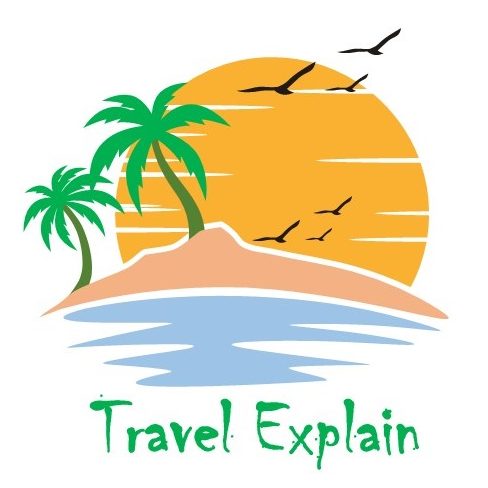
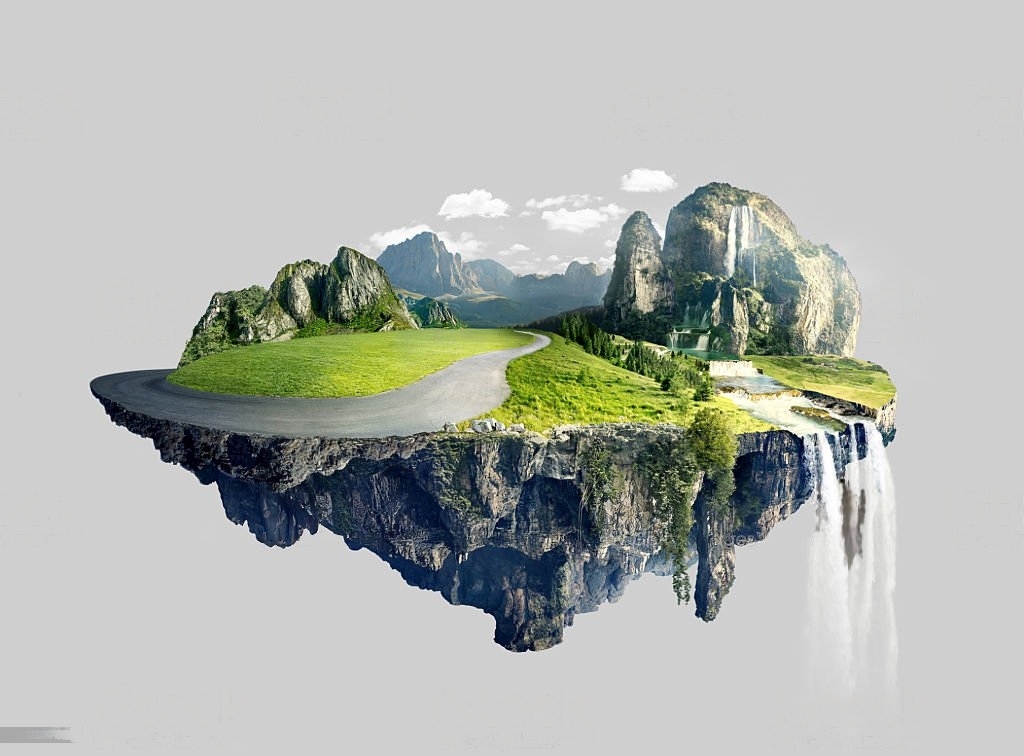



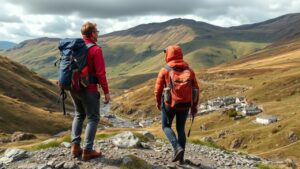
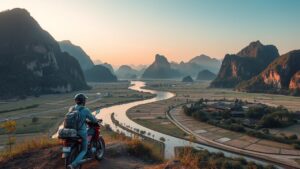
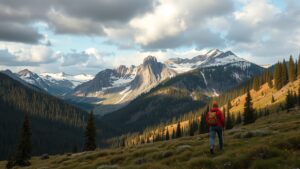
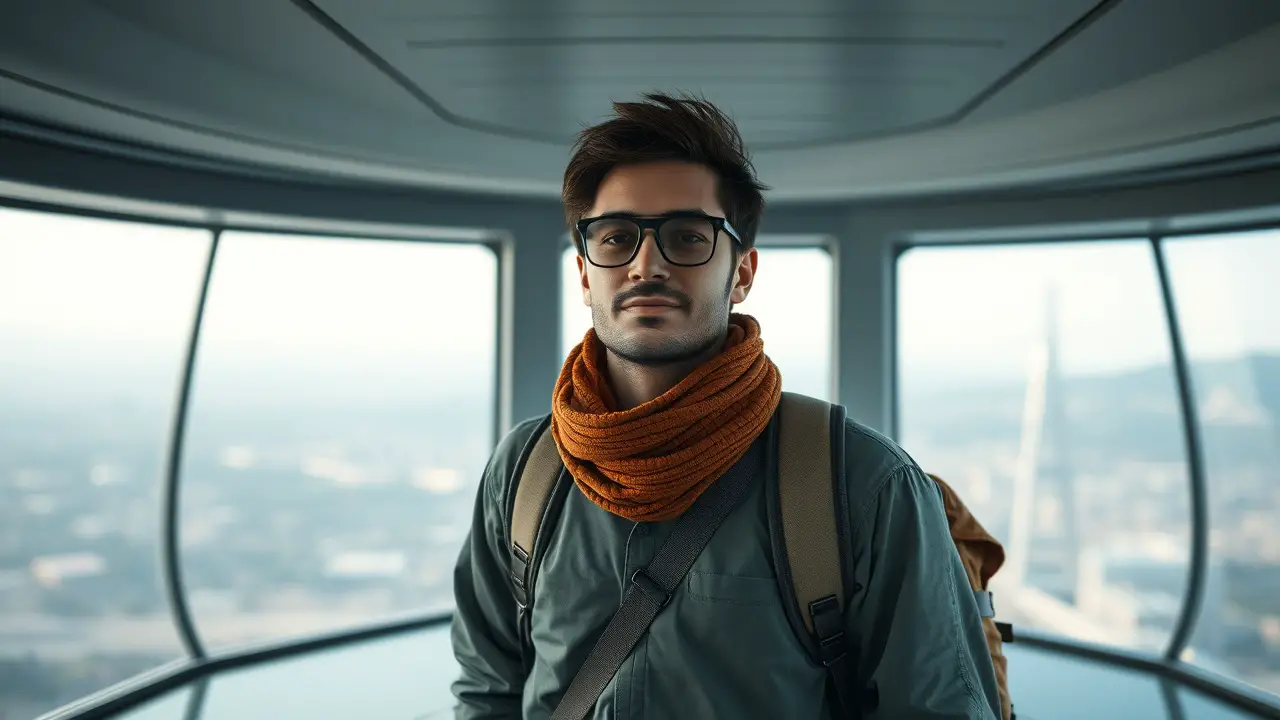
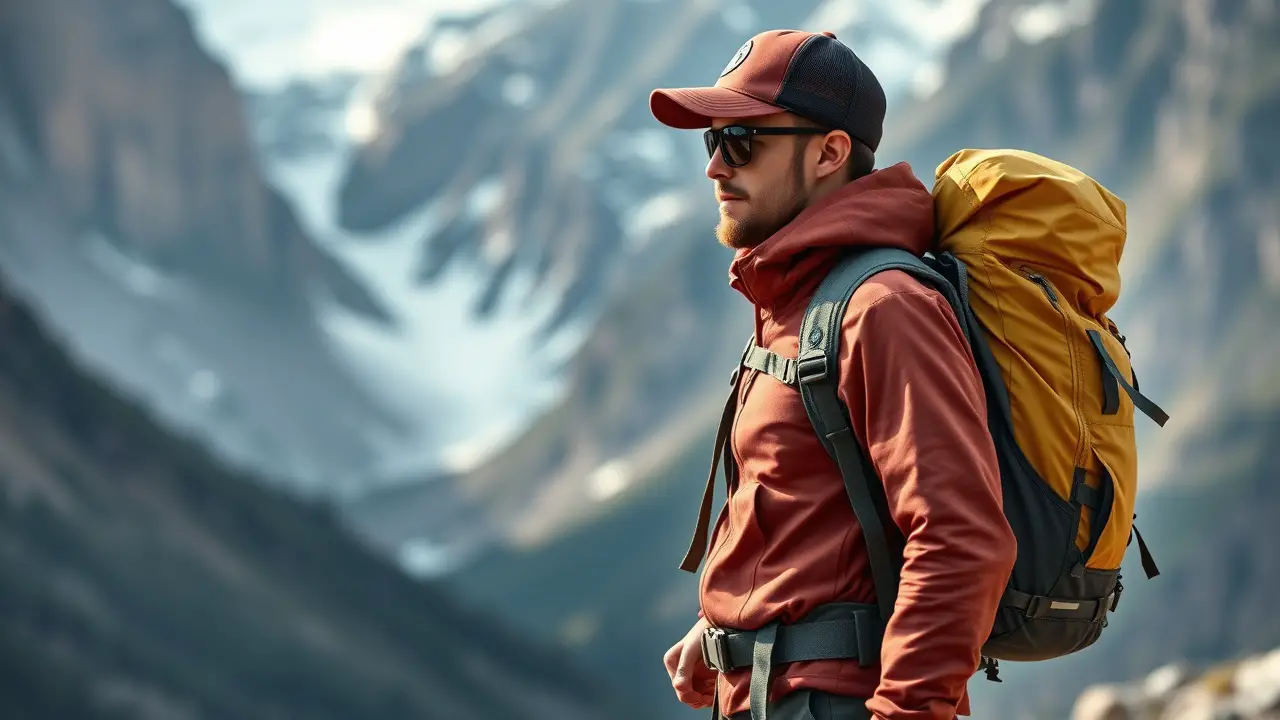
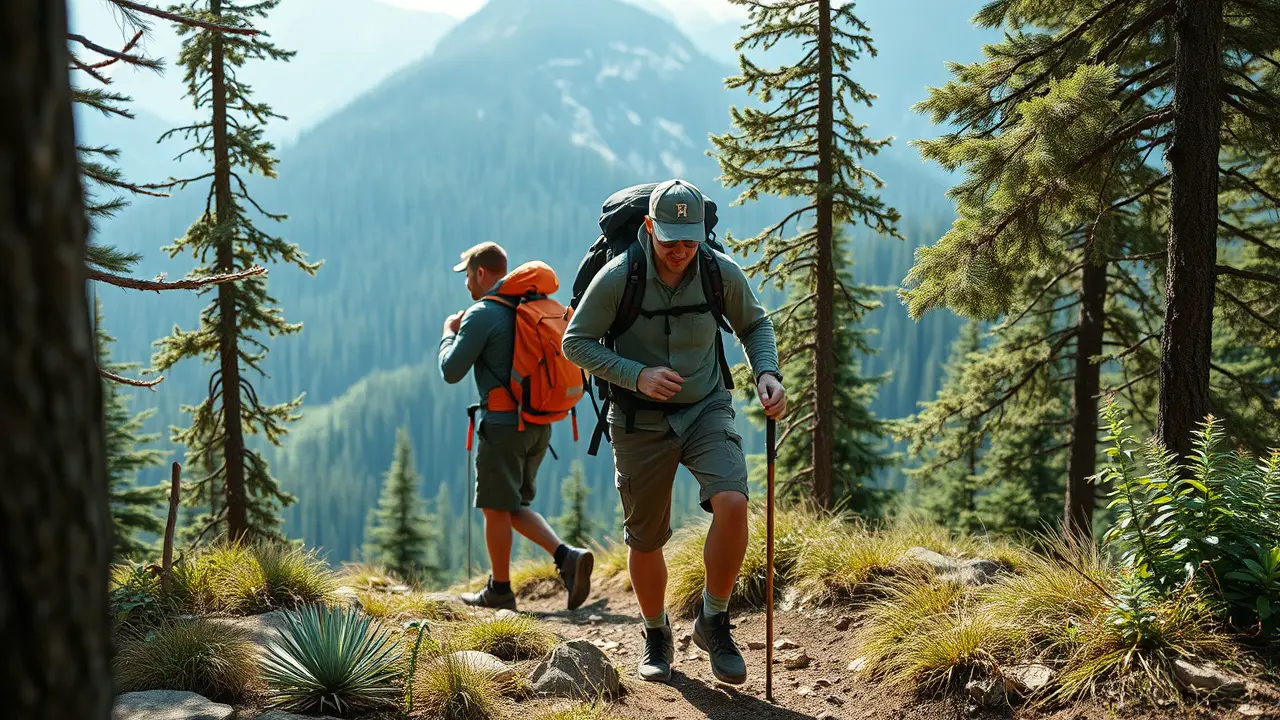
Leave a Reply